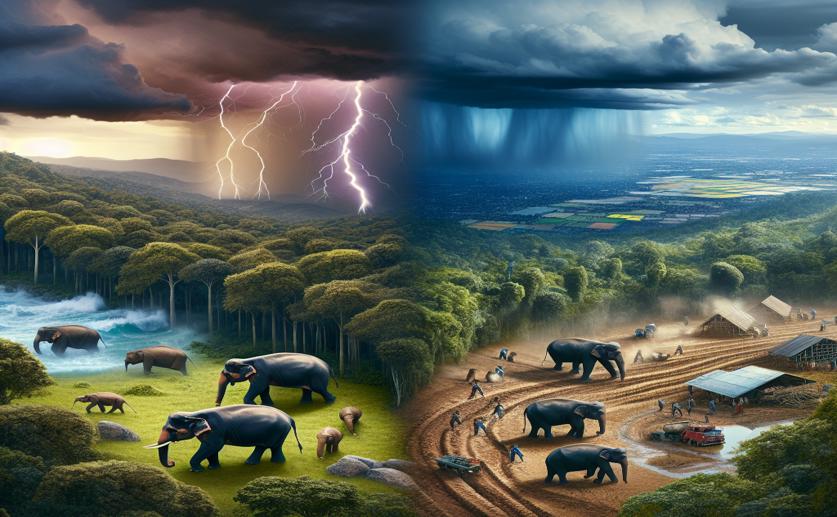
How Weather, Land, and People Affect Conflicts with Elephants
Jenn Hoskins
30th January, 2024

Image Source: Natural Science News, 2024
EnvironmentWildlifeSustainability
References
Main Study
1) Effects of climate, land use, and human population change on human-elephant conflict risk in Africa and Asia.
Published 6th February, 2024 (future Journal edition)
https://doi.org/10.1073/pnas.2312569121



 17th October, 2023 | Jenn Hoskins
17th October, 2023 | Jenn Hoskins